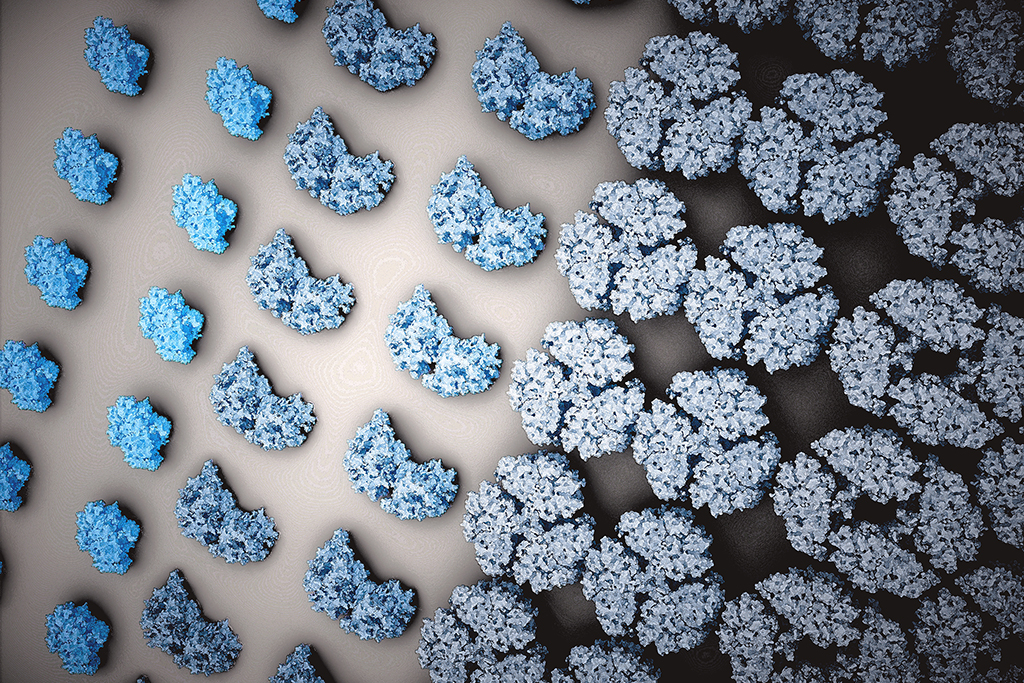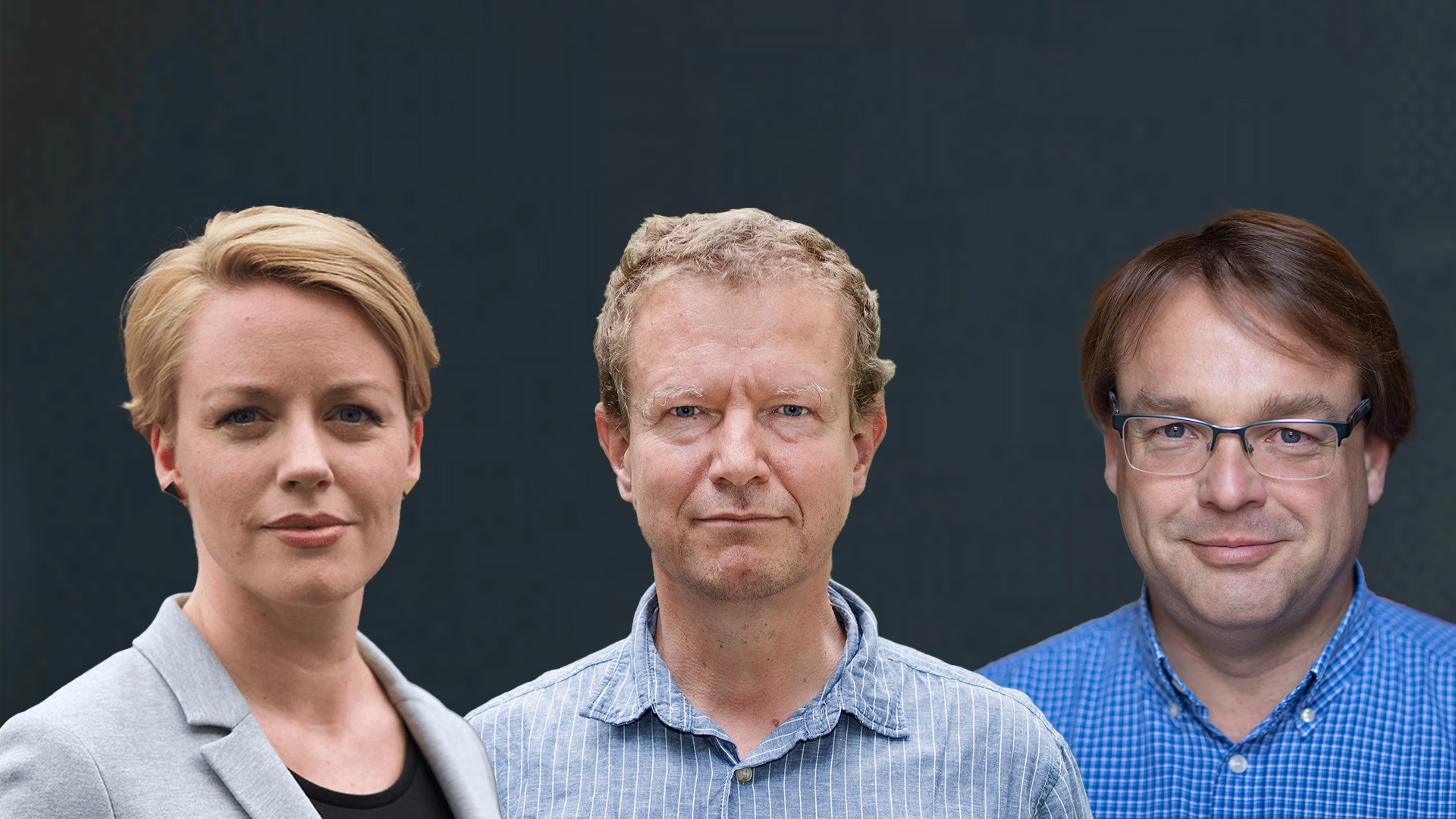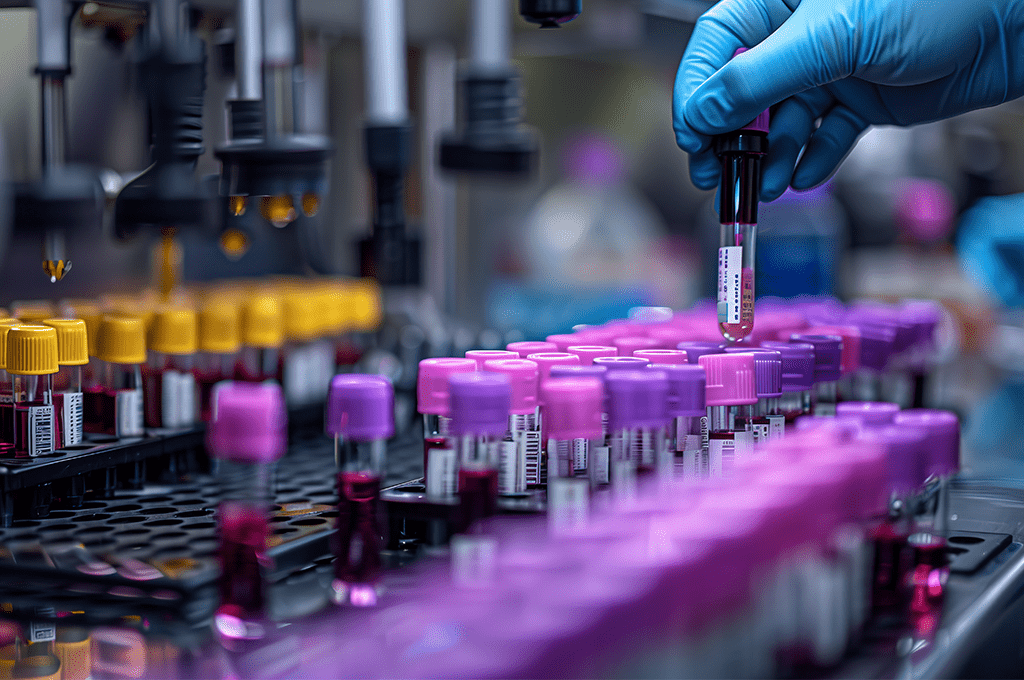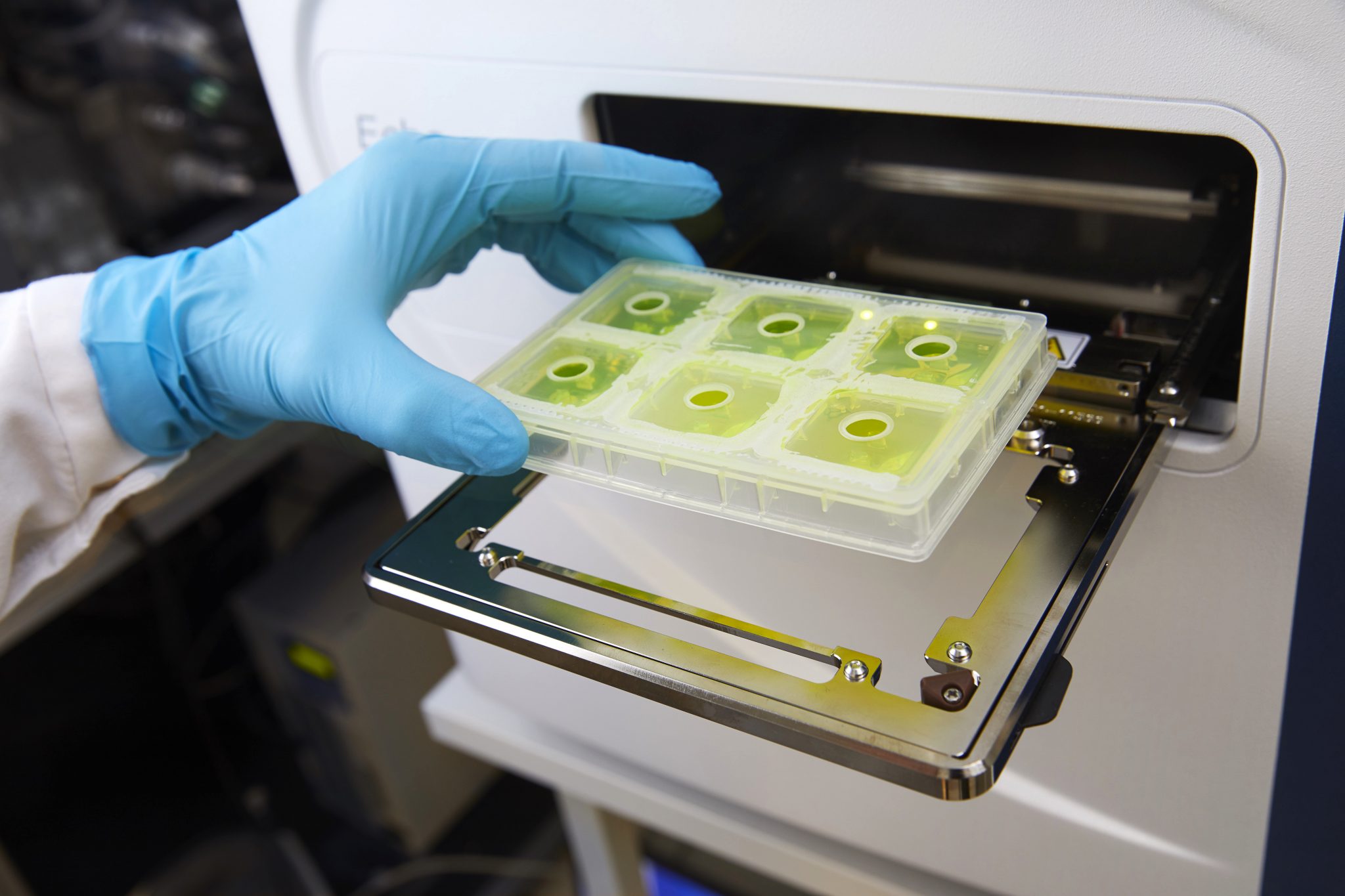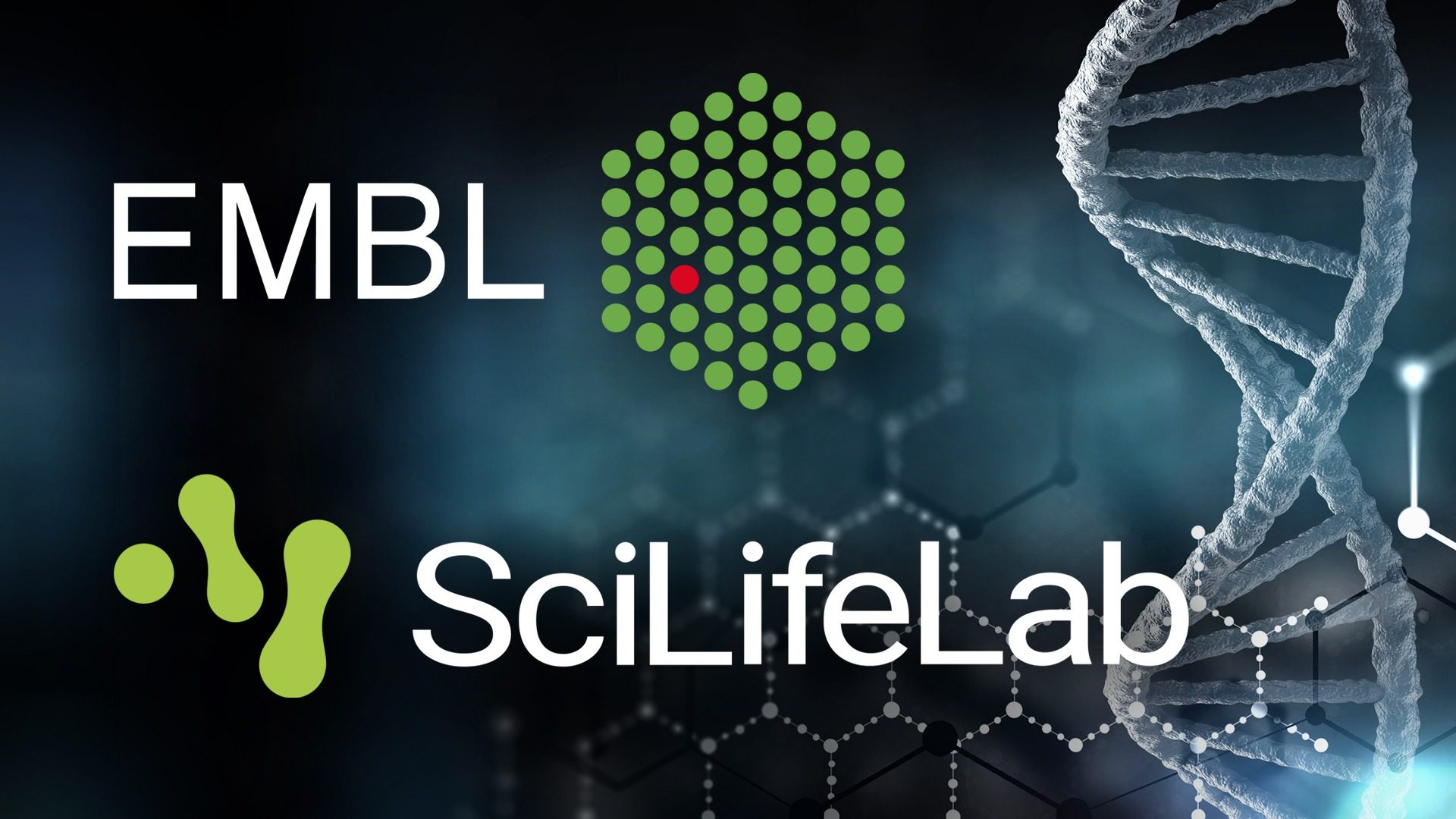Cryo-EM reveals unexpected diversity of Photosystems
Researchers from SciLifeLab have reconstructed the atomic models of new forms of Photosystem I in collaboration with scientists from Tsinghua University (China) and Tel Aviv University (Israel). The studies, published in two Nature Plants articles, expand on the fundamental understanding of how bioenergetic complexes are assembled and regulated in the photosynthetic membranes of cyanobacteria and algae.
Oxygenic photosynthesis is the conversion of sunlight into chemical energy that underpins the survival of virtually all complex life forms. The energy conversion is driven by a photosynthetic apparatus that captures light photons in the bioenergetic membranes of cyanobacteria, algae and plants. Photosystem I is a central component of this process. The current textbook paradigm of Photosystem I is a trimer architecture for cyanobacteria, and a monomer for algae.
In a new study, led by SciLifeLab Fellow Alexey Amunts, two new discoveries showed that freshwater-living plankton Anabaena has adapted a specialized Photosystem I dimer of dimers with 476 pigments; while green alga Dunaliella, has optimized a minimal form of Photosystem I (mini-PSI) to live in hypersaline environment and under light stress. Annemarie Perez Boerema, first author of the study, used cryo-EM to visualize the unusual forms of Photosystem I.
The first study on Photosystem I tetramer from Anabaena revealed an increased surface area allowing enrichment of Photosystems in the bioenergetic membrane. This provides an advantage during maturation stages requiring nitrogenase activity. The second study revealed mini-PSI from Dunaliella that features the smallest complex of its kind identified up to date. The researchers also reported new energy pathways, pigment binding sites and phospholipids. Unlike all other known counterparts, the mini-PSI lacks the core protein components that would be involved in interactions with additional light-harvesting partners. This observation suggests that previously unknown regulatory mechanisms reduce the association of peripheral antennae for environmental acclimatization.
Together, the two studies show that Photosystems can photosynthesize beyond the textbook description. The discovered configurations in diverged species can be considered as an evolutionary prank that nature makes on occasion, which is promising news for researchers exploring fundamental questions in bioenergetics.
The field of structural studies of photosynthesis has been recognized by the Royal Swedish Academy (KVA) with the Aminoff Prize for 2020. The prize laureate Jian-Ren Shen from Okayama University will also visit SciLifeLab on 01 April to meet researchers applying cryo-EM to study photosystems.”
Photo: Different states of Photosystem I depicted. While monomer and trimer have been known before, the mini-PSI, dimer and specialised dimer of dimers, which are reported in the current work, expand on our understanding of the diversity of photosynthetic mechanisms in nature.
Further references:
